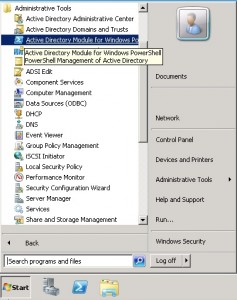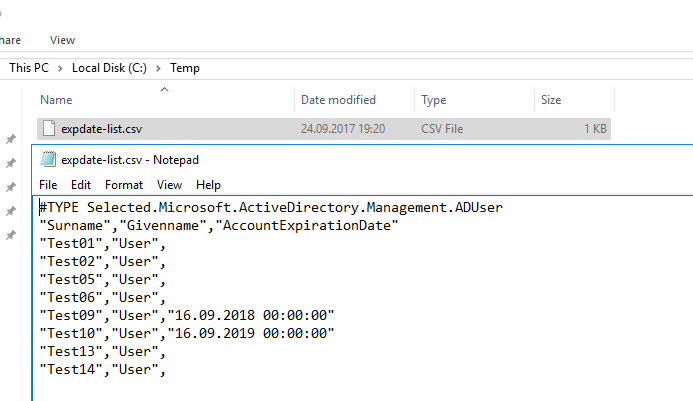

In the Database Connection Pooling service drop-down. Also, we need to specify the statement type and Table name to insert data into that table, as shown in the above image. The Connection Pool is necessary to determine the appropriate database column types. Here we need to specify the JDBC Connection Pool (MySQL JDBC connection) to convert the JSON message to a SQL statement. If the input is an array of JSON elements, each element in the array is output as a separate FlowFile to the 'SQL' relationship. Suppose a field maps to a JSON object, that JSON object will be interpreted as Text. The incoming FlowFile is expected to be a "flat" JSON message, meaning that it consists of a single JSON element, and each field maps to a simple type. The output of the JSON data after splitting JSON object:Ĭonverts a JSON-formatted FlowFile into an UPDATE, INSERT, or DELETE SQL statement. Since we have a JSON array in the output of the JSON data, we need to split the JSON object to call the attributes easily, so we are splitting the JSON object into a single line object as above.Įxplore SQL Database Projects to Add them to Your Data Engineer Resume. If the specified JsonPath is not found or does not evaluate an array element, the original file is routed to 'failure,' and no files are generated. Each generated FlowFile is compressed of an element of the specified array and transferred to relationship 'split,' with the original file transferred to the 'original' relationship. Splits a JSON File into multiple, separate FlowFiles for an array element specified by a JsonPath expression. To Enable Controller Services Select the gear icon from the Operate Palette: Then click on Create.įollow the same steps to create a controller service for the JSON RecordSetWriter as below.

Then you will get the pop-up as below, select CSVReader in compatible controller service drop-down as shown below we can also provide a name to the Controller service. In Convert record processor, the properties tab in the RecordReader value column drop down will get as below, then click on create new service. The AvroSchemaRegistry contains a "parlament_department" schema which defines information about each record (field names, field ids, field types), Using a Json controller service that references the same AvroSchemaRegistry schema. Using a CSV Reader controller service that references a schema in an AvroSchemaRegistry controller service. Step 3: Configure the ConvertRecord and Create Controller Services Here we are configuring updateAttribute to added attribute "Schema.name" to configure the Avro schema registry.Īs shown in the above, we added a new attribute schema.name as dept is value. We scheduled this processor to run every 60 sec in the Run Schedule and Execution as the Primary node in Scheduling Tab. This processor will delete the file from HDFS after fetching it to keep it to fetch without deleting it from HDFS "Keep Source File" property value as True. Provide the Directory Path to fetch data from and also provide file filter Regex as shown above. Without this, Hadoop will search the classpath for a 'core-site.xml' and 'hdfs-site.xml' file or revert to a default configuration. To configure the GetHDFS processor, provide information as shown below.Īs shown in the above image, we need to provide the Hadoop resource configurations, A file, or a comma-separated list of files that contain the Hadoop file system configuration. This processor will delete the file from HDFS after fetching it. The file looks as shown in the below image.įetch files from Hadoop Distributed File System (HDFS) into FlowFiles. Here is my local Hadoop we have a CSV file fetching CSV files from the HDFS.
#Get file path filter to filter csv nifi install#
Install Ubuntu in the virtual machine.Step 3: Configure the ConvertRecord and Create Controller Services.
#Get file path filter to filter csv nifi how to#
Recipe Objective: How to fetch data from HDFS and store it into the MySQL table in NiFi?.


 0 kommentar(er)
0 kommentar(er)
